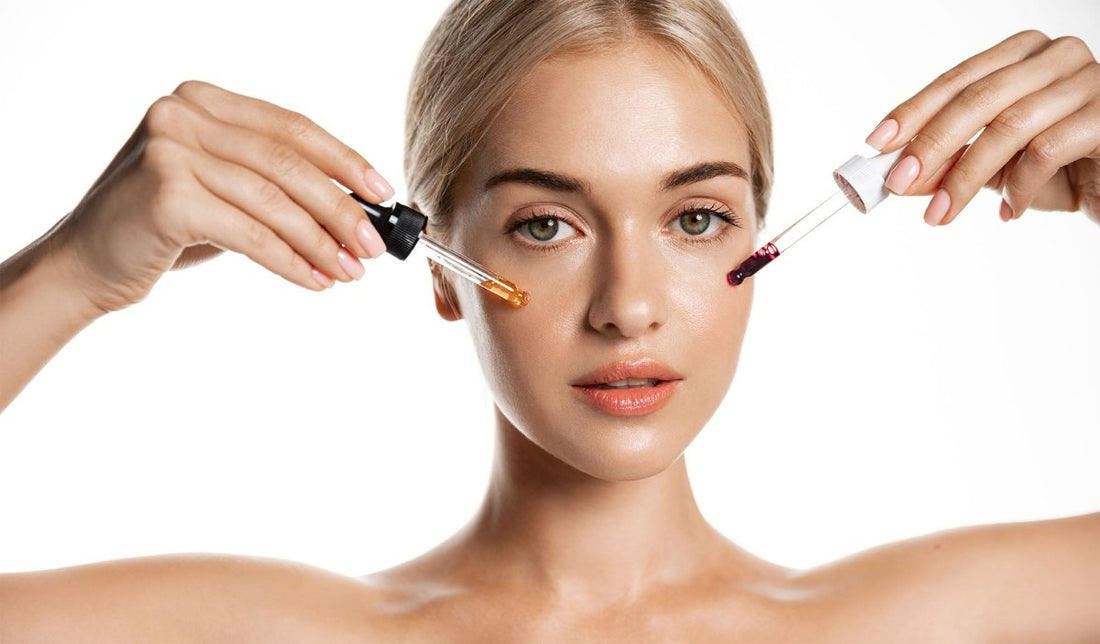When it comes to products and formulations, there are two main components: the active ingredients and the vehicle. The active ingredients are the main drivers of efficacy and when designing or testing a product that is the first consideration. The vehicle is the supporting ingredient, and while this can sound trivial, think of it as the car that is delivering the passenger. The car is the vehicle, and the passenger is the active ingredient. If you have a racecar, you risk crashing; think of that as irritancy. If you have a car that runs out of gas, the passenger will not arrive at its destination. Pairing the right vehicles with actives can strengthen an active and make one product with a lower concentration of the same ingredient stronger and more effective than another product with a lower concentration of that same exact ingredient.
Now that we have formulations figured out, let’s consider active ingredients and how they should be paired in your routine. To continue with our analogy, if you have two passengers that don’t get along in that car, it’s going to be a very uncomfortable ride, and they may even lead to the trip being derailed or canceled.
One powerful combination that plays very well together is retinol and peptides, due to their complementary mechanisms of action. Retinol, a vitamin A derivative, stimulates cell turnover and collagen production, helping to reduce the appearance of fine lines and wrinkles. Peptides, short chains of amino acids, signal cells to produce collagen and elastin, further enhancing skin firmness and elasticity. When used together, retinol and peptides can amplify each other's benefits, providing a more comprehensive approach to combatting the visible signs of aging.
I love pairing Vitamin C with sunscreen because this combination of actives offers enhanced defense against everyday environmental stressors. Vitamin C, a potent antioxidant, fights off harmful free radicals and boosts collagen production. Meanwhile, SPF shields your skin from the sun's harmful rays, preventing premature aging and sun damage. Together, they are essential in promoting long term skin health.
The vehicle is what gives the products cosmetic elegance and makes the user feel good about using it, over and over. For brightening skin, it’s important to target the source of excess pigmentation, but also to help the skin cells move through the layers more efficiently in order to have smoother, more even tone and more radiant skin. When it comes to brightening ingredients and pairings, formulations are especially important since any irritancy can exacerbate hyperpigmentation (aka dark spots and uneven skin tone). When considering pairing products or adding new products to your regimen, add one product at a time and give it one to two weeks before adding the next one to ensure your skin can tolerate the ingredients, or which product your skin may be more sensitive to, in case you have a reaction. This is why I pair specific brighteners with gentle chemical exfoliants. The goal is to help the excess pigment rise to the surface so it can be targeted and removed.
Bottom Line:
Pairing products can help you reach your skin health and beauty goals more efficiently, but how you pair products and ingredients makes all the difference.




![[The Science ] of Longevity: A Skin Focused Approach](http://dorisdaymd.com/cdn/shop/articles/Longevity3-9658695.jpg?v=1765451344)
![[Q&A Session] How Can I Regain Lost Collagen?](http://dorisdaymd.com/cdn/shop/articles/blog_collagen-129369-9354398_e967da1d-cb0e-4086-8c0d-714e0114968f-6680265.jpg?v=1763048229)
